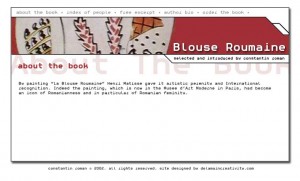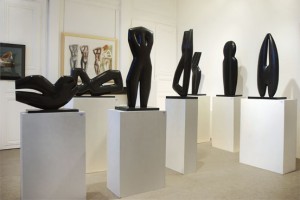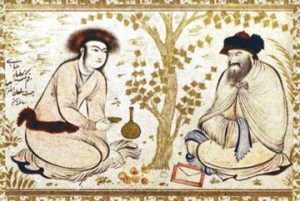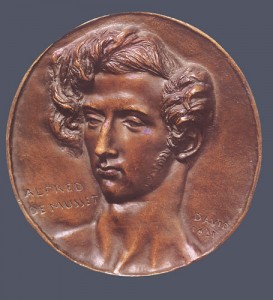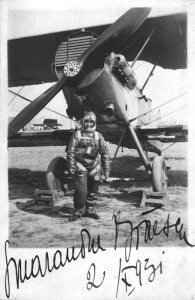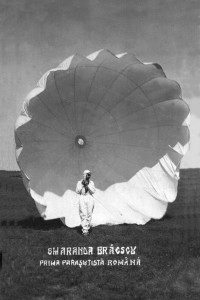Cambridge Memoir (I) – Peterhouse
Peterhouse has the oldest Hall in Cambridge, going back to its foundation, in 1284. The Hall was restored in the 19c century when it was decorated by William Morris. It could take up to over one hundred undergraduates, but as their number grew, two sittings were introduced and eventually a self-service system. Formal dinners got fewer and attendance was no longer compulsory. However, as meals were heavily subsidized from college funds and benefactions, it made sense for all students to eat in College. There were, in all some 240 undergraduate students at Peterhouse and 60 postgraduates.
The College had charitable status, being a seat of learning, which gave it considerable tax advantages. This meant that all donations or “benefactions” were exempt of tax and so the wealth of the College could accrue accordingly. Revenue was not taxed either, whether it came from arable land let to tenant farmers, or from rent of property in London and elsewhere, or indeed from financial investments in the City. The affairs of the College were looked after by the Bursar, who was accountable to the Master and Fellows, the custodians of these “livings”. Peterhouse, not being a Royal foundation and being one of the smallest of Cambridge colleges, was not the richest either. But its benefactions accumulated in value over seven hundred years of its existence. Like other Colleges in Cambridge Peterhouse had certain benefactions intended solely for scholarships, with specific clauses attached to them. The Research Scholarship which I was granted by Peterhouse, together with three or four other postgraduates, had its source in a fund established by the Bishop of Ely, in the 13th century. It therefore gave me a tremendous pleasure to acknowledge this, especially to those who would say:
“This is the British taxpayer’s money”.
“No”, I would retort, “not at all, this is Hugh de Balsham’s money”.
“Who is he?”
“Why? The Bishop of Ely, of course! He lived in the 13th century, when your ancestors probably were herding the swine”.
————————————————————————————————————
NOTE: Extract from the Cambridge Memoirs: “Continental Drift – Colliding Continents, Converging Cultures” by Constantin ROMAN, Institute of Physics Publishers, Bristol and Philadelphia:



